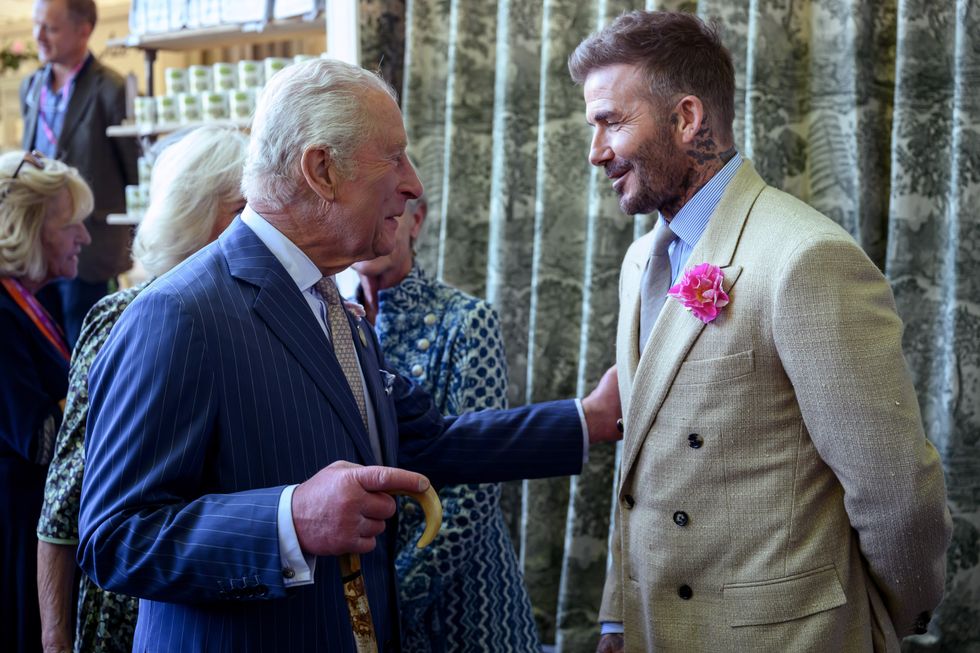by Barnie Choudhury
THIS week I want to declare a personal interest – I am the chair of Awaaz, a mental health charity in Nottingham which helps BAME people. We are celebrating 25 years in existence, and it is thanks to our chief executive, Angela Kandola, that we have survived for so long.
A typical day was when Malik walked through our doors. You knew something was wrong because of his demeanour: anxious, furtive and dishevelled. Over several months, Angela and her team teased out Malik’s story. He had arrived in the UK from Pakistan and had fallen in love with a woman. They married in secret, but his new in-laws were against it. Over time they destroyed Malik, falsely accusing him of being a wife-beater, and they told the authorities he was an illegal immigrant.
Thanks to Awaaz, Malik was saved from deportation to Pakistan a mere five minutes before he was scheduled to board the plane. Today, 13 years later, Malik has re-married, has a new family and a good job. He tells anyone who will listen that he only reached out for help because Awaaz offers something mainstream mental health organisations do not – a haven of culturally sensitive, culturally competent and culturally specific service.
The trouble is, when it comes to south Asians, Malik is not alone. Mental health problems arise because of many disparate factors. On National Mental Health Day last Thursday (10), Opportunity Nottingham, a National Lottery community fund-supported project, and Awaaz, launched a report which shows the depth of the problem in the city’s BAME communities. It concludes that BAME people are struggling to access the support they need for all sorts of issues, including homelessness, substance misuse and offending. All these feed into mental illness, and the report says that cuts in funding mean mainstream organisations have a one-size-fits-all approach, instead of focusing on the underlying causes and taking a holistic approach.
Researchers found that 15 per cent of people in Nottingham identify as Asian, but only three per cent access support via Opportunity Nottingham’s main delivery team. They also discovered that 25 per cent of people who access support from Awaaz, through its Opportunity Nottingham contract, are from south Asian communities. This means without culturally appropriate services, even more would not seek help.
What I was shocked, but unsurprised, to find out is that fewer south Asian women than men are seeking help. I have a theory – some women who end up with their in-laws are abused. I reported on this 30 years ago, but even today I hear how they are treated appallingly when they join their new family, even when they are not living in the same house.
So what can we do? Put simply, we need a best practice toolkit. At last Thursday’s GG2 Diversity Conference, we heard how companies are making strides in getting their staff to acknowledge, embrace and seek help for their mental well-being.
Shamil Thakrar, the co-founder of the Indian restaurant chain Dishoom, explained how his staff celebrated the decriminalisation of homosexuality in India last September. Why is this significant? Because most south Asians still believe that people choose to be homosexuals, so they are forced to lead secret lives and hide their sexuality from their families. The stress and mental anguish of living a double life often ends in tragedy.
Poppy Jaman, one of the founders of Mental Health First Aid (MHFA) England, was responsible for training 300,000 “mental first-aiders”. She said that one of the biggest problems is that Asians simply refuse to speak about mental illness.
It is a cultural thing, passed through generations. If we show symptoms of mental illness, we are told that we are pagaal (mad). Not only that, some are told that it is because they have been possessed by an evil spirit. So fake spiritualists con the family out of thousands of pounds and ‘exorcise’ the demon, even beating it out of those suffering. And because
we are ashamed, we hide it, we do not talk about it, while our friends and families suffer in silence, never getting the help they need.
Until we face up to the fact that we all need help, and until we south Asians realise that a cry for help is just that, the situation we find ourselves in will not get any better. We are coming to the end of the second decade of the 21st century. If not now, then when? If not us, then who?





 Heehs describes two principal approaches to biographyAMG
Heehs describes two principal approaches to biographyAMG











 David Beckham wearing a David Austin Roses "King's Rose" speaks with King Charles III during a visit to the RHS Chelsea Flower Show at Royal Hospital Chelsea on May 20, 2025Getty Images
David Beckham wearing a David Austin Roses "King's Rose" speaks with King Charles III during a visit to the RHS Chelsea Flower Show at Royal Hospital Chelsea on May 20, 2025Getty Images
Barnie Choudhury: Talking about 'shame' in mental health issues